Educator Workforce Housing: A Blueprint for What’s Next
In California, teachers earn only 76 cents for every dollar earned by similar non-teaching professionals*—an enduring 24% pay gap—even as they try to secure housing in the nation’s most expensive markets. The result is sobering: many individuals live with roommates well into midlife, commute for hours each day, or relocate far from the communities they serve. This isn’t just a housing crisis—it’s an education crisis, directly impacting retention, recruitment, and the stability of California’s schools.
The roots of this crisis lie at the intersection of two forces: California’s severe housing affordability challenges and the systemic undervaluing of educator income. Both certified classroom teachers and classified staff, arguably our most essential public employees, struggle to secure quality housing near their schools. Without intervention, the gap between where educators work and where they can afford to live will only widen.
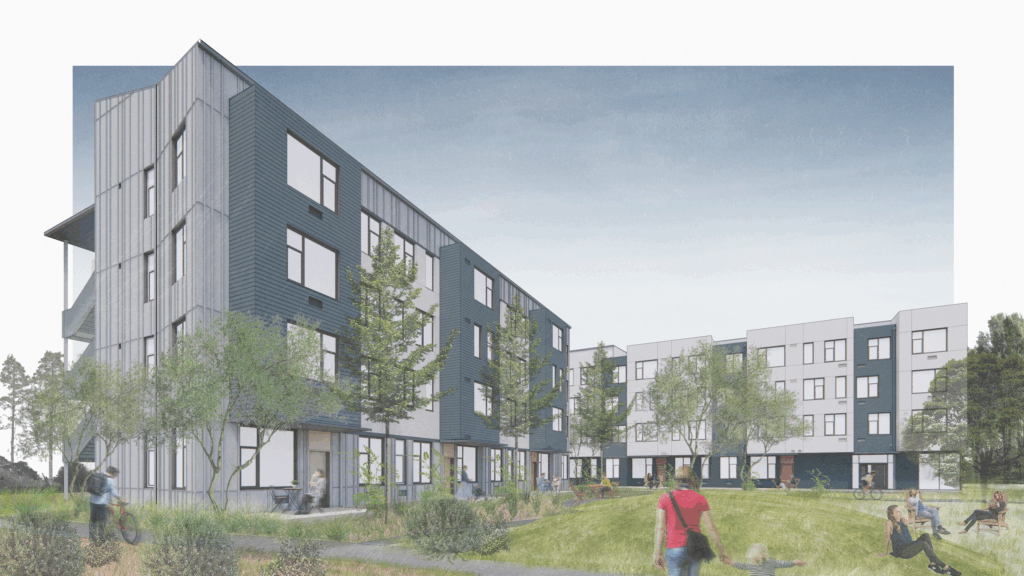
From Firsts to a Model: Santa Cruz Educator Housing
Santa Cruz City Schools is advancing one of California’s earliest educator housing projects — and EHDD’s first in this emerging building type — in a collaborative design-build partnership with Bogard Construction and associate architects Studio VARA.
The 100-unit community for SCCS K–12 teachers and staff includes studios, one-, two-, and three-bedroom apartments, and is among the first of its kind in California. As construction approaches, the project team is reflecting on lessons learned and sees Santa Cruz as an invaluable model for future workforce housing developments.
Policy Shifts Unlock Possibility
Over the past decade, California has led the nation in advancing legislation to promote workforce housing for educators. The Teacher Housing Act (SB 1413, 2016) first opened legal pathways for school districts to establish and fund housing for their staff, and for the first time allowed educator-only tenant pools. Building on that foundation, the Educator Workforce Housing Law (AB 2295, 2022) streamlined entitlements by deeming educator rental developments an allowable use on district-owned property, regardless of existing zoning or general plan designations, provided that a portion of the units are deed-restricted as affordable. These laws also enabled districts to dedicate surplus land to housing, transforming underutilized parcels into opportunities for staff to live near the schools they serve.
Alongside these policy shifts, counties, municipalities, and school districts have passed dozens of bond measures earmarking funds for educator housing. The momentum is clear: districts now have both the mandate and the means to act.
In Santa Cruz, EHDD worked closely with the school district to navigate this policy and funding landscape — aligning deed restrictions, zoning pathways, and local bond funding (Measures K & L). Through this process, we identified an opportunity to increase the project from 80 to 100 units, a move that both maximized the number of educators housed and improved efficiency of scale for the district’s investment.
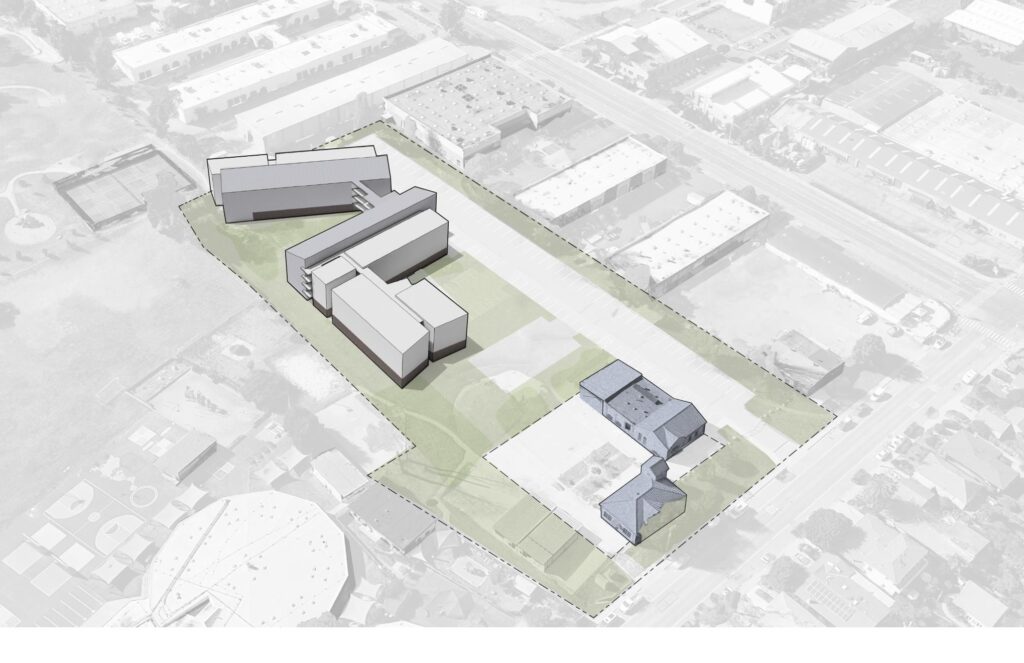
Dozens of bond measures across California have earmarked funds for educator housing — momentum that districts cannot afford to ignore.
The momentum isn’t limited to California — the Pacific Northwest is also advancing bold policy measures to address workforce housing.
policy shifts in the pacific northwest
Across the Pacific Northwest, similar momentum is underway. Recent legislative actions in King County, Seattle, and surrounding municipalities are setting the stage for a new wave of affordable workforce housing. Seattle’s City Council recently approved Nelson’s workforce housing bill, while King County advanced a $1 billion bond study to expand access to social and workforce housing. Together, these initiatives echo California’s progress and highlight the growing urgency of providing affordable housing for the people who keep our communities running.
With active work in Seattle and the broader region, EHDD is committed to carrying these lessons forward — helping districts and municipalities address housing challenges for educators and other essential workers across the PNW.
Insights from Educators
Engagement with Santa Cruz educators was a defining part of our early design process. Teachers and staff spoke candidly about the toll of long commutes, cramped living situations, and the risk of leaving the profession altogether. During weeknight workshops on programming, amenities, and even materiality, we heard a diverse set of perspectives. Yet one message rose above all: we need housing now.
That urgency, paired with thoughtful input on unit sizes, amenities, and common areas, directly informed the project’s design from its earliest stages. The result is housing shaped not just for educators, but with them.
Educators told us clearly: we need housing now.
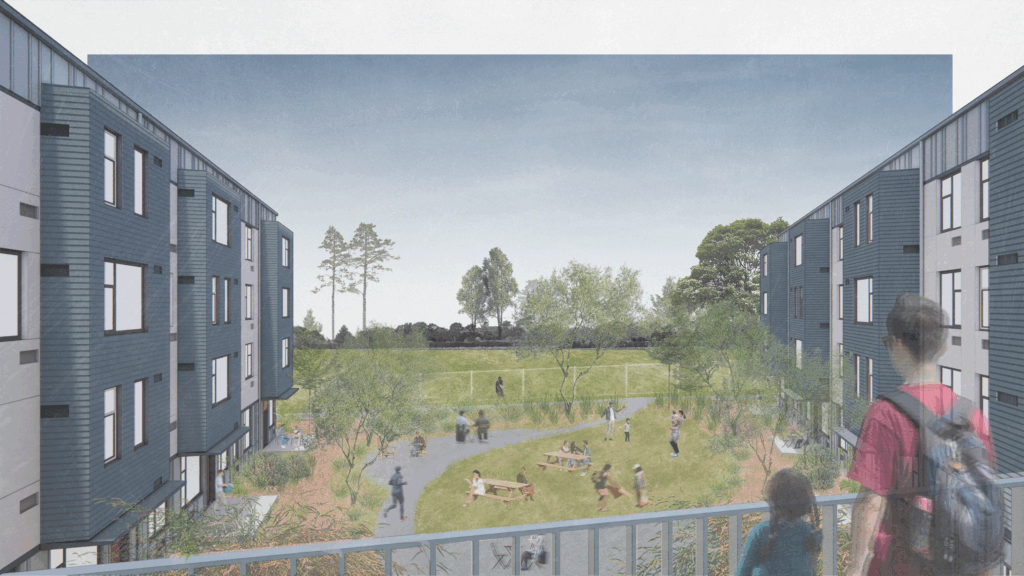
Designing for Privacy and Community
Educator workforce housing is a unique building type. Unlike typical affordable housing, all residents here work for the same organization — sharing schedules, workplaces, and coworkers. This reality shaped our design approach from the start: how do we create a sense of individuality while supporting connection among colleagues?
We emphasized differentiation of units and organized the building into smaller “neighborhoods” across three distinct masses, allowing each resident to feel a sense of private domain. At the same time, we leveraged the project’s exterior circulation — widening upper-level bridges and walkways to capture ocean views — and layered in a variety of outdoor spaces to support common use and gathering without adding excessive conditioned space. The balance is intentional: private respite paired with meaningful community “nodes.”
Designing educator housing also requires creativity with site constraints. Most projects will be built on district- or city-owned parcels not originally intended for housing. Often these parcels are unusually expansive or oddly constrained sites, meaning each project requires bespoke analysis rather than a one-size-fits-all template. In Santa Cruz, we shaped efficient double-loaded residential wings into four-story bars, connected by elevated bridges and exterior walkways. The result is an architecture of housing-in-the-park: relatively dense massing thoughtfully composed in the landscape to shape a series of outdoor spaces of varying scale and orientation. It is a gracious but cost-effective delivery of compact residential units within a fabric of lush, human-scale shared spaces.
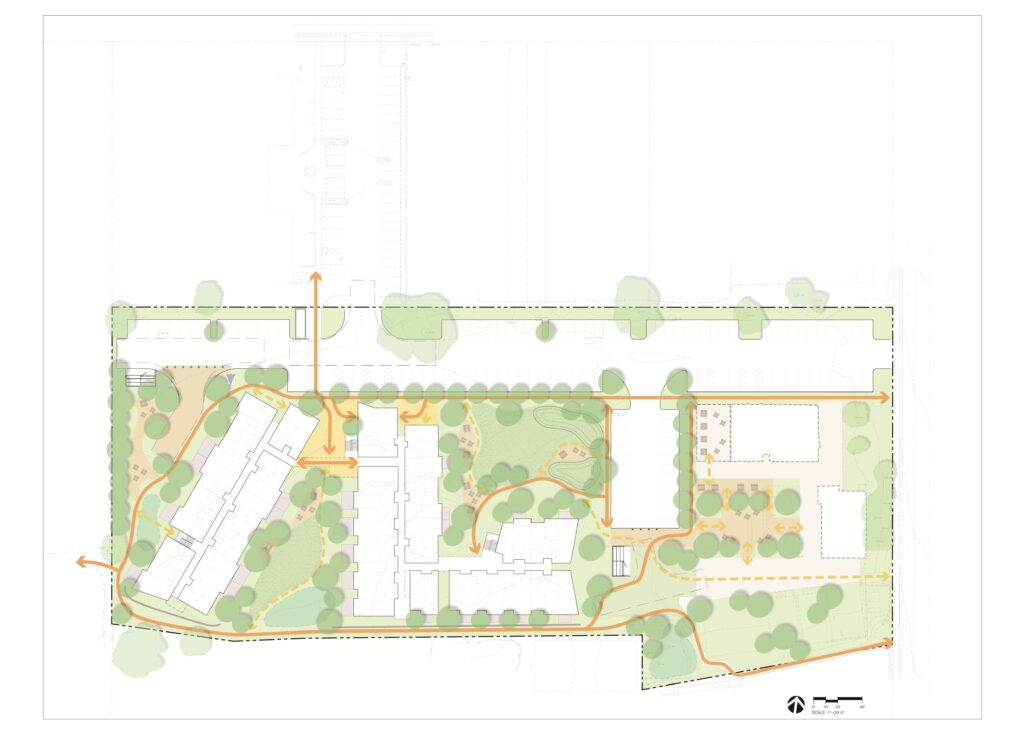
Educator housing demands design that balances privacy with community — compact, efficient, yet deeply human.
Educator Housing Is Just the Beginning
Educators everywhere deserve thoughtfully designed housing, and every district deserves teachers who can live and thrive in their local communities. As a new development type, educator housing offers architects, builders, and developers an extraordinary opportunity to strengthen communities.
For EHDD, with eight decades of experience in both housing and education design, this is a natural — and essential — evolution of our practice. Workforce housing is not just about buildings. It is about ensuring that the people who make our communities thrive — teachers, nurses, municipal staff, and beyond — can afford to live where they work.
We see workforce housing not just as a building type, but as a civic responsibility.
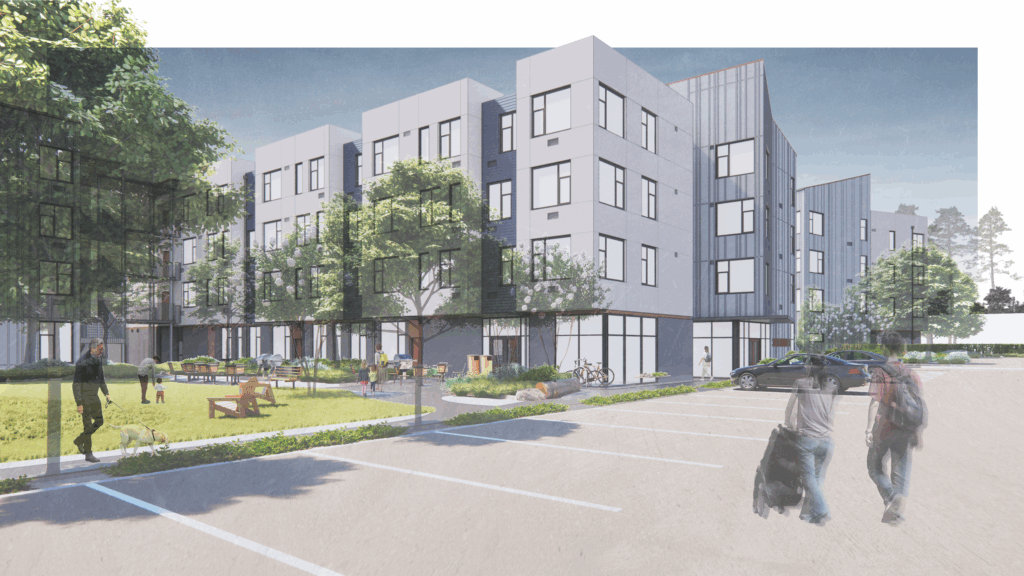
Educator housing is at the forefront of a larger movement. Nurses, city staff, and first responders — all deserve the chance to live in the communities they serve. EHDD’s commitment is to design workforce housing that not only addresses affordability but also strengthens connection, dignity, and belonging for the people who keep California’s communities thriving.
¹ Center for Economic and Policy Research, California Teachers’ Wage Gap Getting Wider, Jan 2025. Link to Article Here
This piece was developed in collaboration with Zachary Gong, AIA, Architect and Associate at EHDD. Zachary leads workforce housing and education design projects, including the Santa Cruz City Schools educator housing community, scheduled to break ground in 2025.
About EHDD
EHDD is an award-winning architecture firm with a strong commitment to advancing climate action through sustainable design. With decades of experience helping clients achieve their dreams, EHDD creates transformative places of belonging and impact. Learn more at ehdd.com
Media Contact
Ana Wansink
Director of Marketing & Business Development
EHDD
a.wansink@ehdd.com
+1 (415) 214 7271